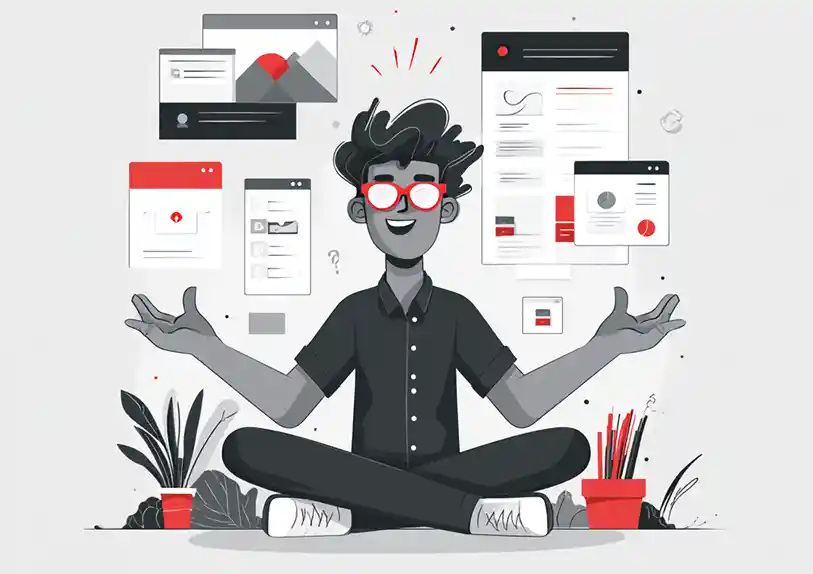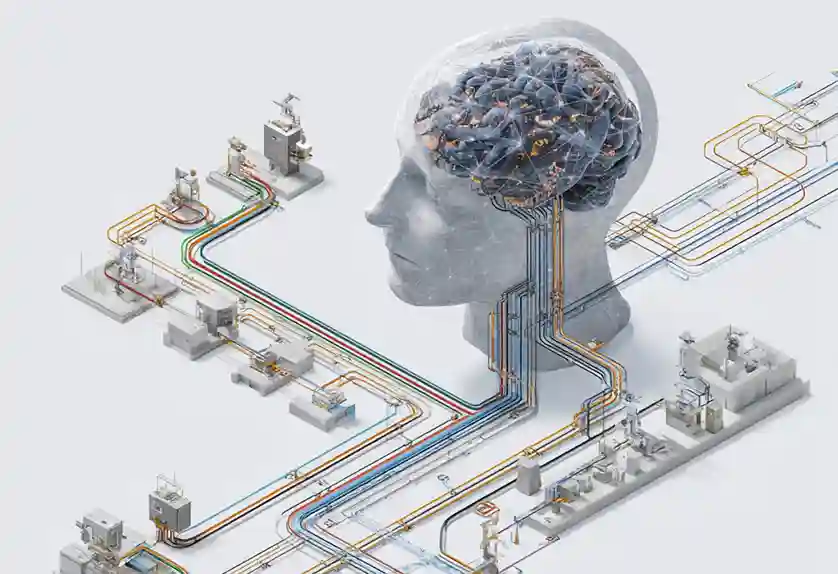As we get more 5G penetration, content will spread across several more digital channels and end-user devices such as mobile phones, handheld computers, digital signage, kiosks, smartwatches, autonomous vehicles, home assistants, and more. A headless CMS is crucial to address these new challenges.
In a recent study by WP Engine, 92% of enterprises agree that headless CMS helps to deliver better content development and experience across all channels.
Enterprises will need to effectively manage their content operations by choosing the best headless CMS for their business.
In this article, you’ll learn about 7 leading SaaS headless CMS tools and why you need them.
What Is a Headless CMS?
‘Headless’ simply refers to a lack of a frontend framework for the end-user experience. In contrast to a traditional CMS, a headless CMS provides APIs to the backend services. This way, developers can work with any frontend framework of choice to render the end user experience and managed content.
According to the Globe Newswire, the headless CMS software market is projected to reach $1.6 billion by 2027 at a growth rate of 22.6%. This makes it an exciting time for developers and content marketers to leverage an increasingly popular technology to aid digital experiences and content development.
A headless CMS stores content in the cloud (fully-managed SaaS) or on-premises (self-hosted, self-managed) and provides it as a service via APIs, which, in addition to separating content from the presentation layer, makes headless CMS a great choice to secure your business for years to come.
Headless architectures and APIs allow you to deliver content beyond just websites. Mobile apps and IoT devices, AR and VR headsets, eCommerce experiences, digital signage, wearable devices, OTT video, and other emerging technologies are rapidly emerging as content channels. As a result, headless CMS plays a primary role in creating, disseminating, and optimizing omnichannel content experiences to deliver extreme value to customers and clients.
Benefits of a SaaS Headless CMS
SaaS headless CMS offers several unique advantages for customers that make it easier and faster to build. They generally offer lower maintenance and faster time-to-market to deliver the best digital experiences.
- Lower Maintenance: In a SaaS headless platform, maintenance, patches, and upgrades are not a concern. Instead, you can focus on driving your business forward with your resources, while the vendor handles all the operational issues. Besides, you won’t need to plan, schedule, or implement software upgrades. This will also significantly reduce the time your DevContentOps resources will need to spend on maintenance, emergencies or threats.
- Faster deployment: With several automation tools on offer for SaaS headless CMS, you can deliver content faster across all your channels. For example, you can easily use vendor-based automation tools to publish, stage, and manage content.
- End-user driven: The SaaS vendor is responsible for managing content hosting environments and content delivery services. Instead of handling the hosting yourself, the time can be better channeled into delivering and optimizing better digital experiences.
Guide to the Top SaaS Headless CMS Tools
Crafter CMS
Crafter CMS is a headless CMS with several unique features and benefits for enterprises. It provides a powerful and intuitive WYSIWYG interface so marketers can author and preview content for any channel or device, and create dynamic experiences with drag/drop tools regardless of the frontend technology used to build each experience.
Crafter CMS is a Git-based system with provision for content versioning, auditing, configuration, and management. It also provides extensible REST and GraphQL APIs, so developers can streamline development and integrations. Being frontend agnostic, it works with any frontend framework such as React, Vue, and Angular.
Developers can use Crafter CMS for continuous integration/continuous delivery (CI/CD) operations. Crafter CMS enables IT, operations, and content authors to collaborate and work together to deliver a powerful and seamless omnichannel experience through native support for DevContentOps processes.
Crafter CMS is a de-coupled system, meaning its content authoring system (Crafter Studio) is truly decoupled from the content delivery system (Crafter Engine) and the digital experience apps/sites running on Crafter Engine’s APIs. As a serverless and stateless system, Crafter Engine satisfies the need for highly scalable, extremely fast, and highly secure dynamic experiences to be delivered.
Crafter Cloud is the SaaS offering of Crafter CMS, which provides a private developer platform (PaaS) for building digital experience applications, a highly secure content authoring platform for editors/marketers, and a flexible deployment model across any number of lower environments and global regions to meet enterprise DevContentOps needs.
Contentful
Contentful is a headless CMS platform for you to build digital experiences on its APIs. It provides a flexible data model that supports a variety of data types, and helps content editors with form-based and WYSIWYG tools.
With a stateless RESTful API and an app framework, marketers and content editors can unify content in a single hub. In addition to that, they can organize it as an omnichannel experience and integrate it with several other tools for translation, segmentation, and more.
Contentful provides a way for non-technical teams to update content without relying on developers. It also helps to coordinate and organize the content team’s external messaging.
Contentstack
Contentstack provides a headless CMS that allows enterprises to create their own unique digital experiences across all channels. It helps marketers, business teams, and content developers collaborate efficiently in the content delivery process.
With a user-friendly editor and built-in asset manager feature, you can schedule, publish, and accelerate your organization’s content delivery process. It also integrates with several technologies like Salesforce, Marketo, and Eloqua.
Sanity
Sanity is a headless API-first platform for building digital experiences. With Sanity, content creators can use a simple WYSIWYG text editor to add custom components or integrate custom workflows. In addition to this, Sanity offers CLI tools that make it easy to export, import, and make changes to content.
Sanity provides content managers with a way to continuously scale on a secure and compliant cloud platform. Its best features include real-time collaborative editing, content versioning, live previewing, and flexible content structures.
Storyblok
Like the other tools on this list, Storyblok is a headless CMS that provides developers, content editors, and managers with a visual editor to build digital experiences.
In a way, Storyblok can be likened to a page builder coupled with modern headless architecture. With it, content creators have the freedom and flexibility to customize their content as much as they want.
Developers can define structured content in JSON to preview on the editor. They can also integrate it with several other technologies like Vue and React.
Butter CMS
ButterCMS is an API-first headless CMS that provides a user-friendly interface to manage and deliver digital content.
Being front-end agnostic, you can integrate it with other development environments like React. Other essential features of ButterCMS include multi-site support, relational content modeling, custom page types, and a customizable admin interface.
With a WYSIWYG interface, content editors and marketers can use the SEO support that ButterCMS provides to increase page views. Developers can also integrate it with any language or framework of choice.
Zesty
Zesty.io is a cloud-based headless CMS for content developers and marketing teams.
By leveraging Zesty, marketers can create content-rich web pages and deliver the content across several applications and IoT devices.
With Zesty, businesses get a faster time-to-market, increase in IT efficiency, better marketing efficiency, and a faster production and deployment time. Plus, developers can take advantage of Zesty to serve content-aware templates, custom endpoints, built-in staging environments, and flexible content models.
Start Now and Deliver Fast With a SaaS Headless CMS
Headless CMS platforms are essential tools to help market and reach your target audience faster and easier. The only way to adapt to the modern era is through headless content management, whether it is a self-hosted or a SaaS-based headless CMS.
SaaS headless CMS tools offer an easy way of getting started, along with lower maintenance costs to deliver omnichannel digital experiences for your audience.

 Alexander Fashakin
Alexander Fashakin




